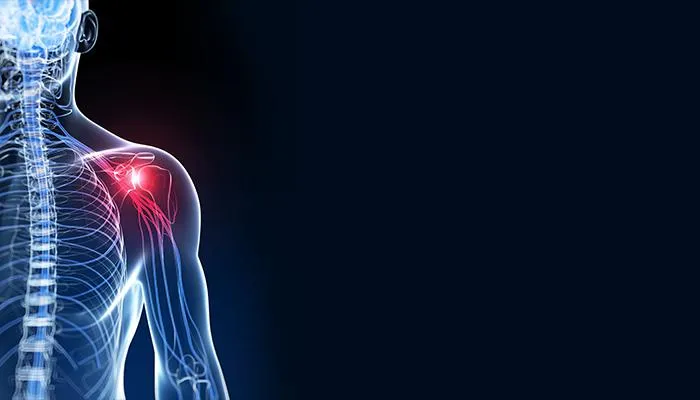Arthroscopic Rotator Cuff Repair
March 30, 2020
The surgery performed for repairing a torn tendon in the shoulder is known as rotator cuff repair. This surgery can be performed traditionally using a single large incision. This is known as open rotator cuff repair. Arthroscopic rotator cuff repair, on the other hand, is performed using an arthroscope with smaller incisions.
The rotator cuff is nothing but a group of tendons and muscles in the shoulder joint that forms a cuff. These tendons and muscles are responsible for holding the arm in the joint and allowing the movement of the shoulder joint. An injury or overuse can result in the tearing of the tendon.
The procedure of arthroscopic rotator cuff repair can be performed under general anesthesia, which would mean you would be asleep and won’t feel any pain. Regional anesthesia can also be used for numbing the shoulder and area. In that case, you will be given additional medications that will make you sleepy during the entire operation.
Arthroscopy is a common technique used for repairing a tear to the rotator cuff. It involves an arthroscope being inserted through a small incision. A video monitor is connected to this scope. Through the video feedback, the surgeon can see the inside of the shoulder. Other instruments are inserted through additional 1-3 small incisions. Arthroscopic repair is generally performed on an outpatient basis and is the least invasive procedure for repairing a torn rotator cuff.
Repairing the rotator cuff is done by:
- Reattaching the tendons to the bones.
- Suture anchors are generally used for attaching the tendon to the bone. These small rivets may be made of metal or another material that doesn’t have to be removed as it dissolves over time.
- Stitches or sutures are attached to the anchors for tying the tendons to the bone.
Upon successful reattachment of the tendons to the bones, the surgeon closes the incisions and applies a dressing.
Why is rotator cuff repair performed?
Some indications that you might need a rotator cuff repair surgery include:
- Experiencing weakness and inability to perform daily activities
- Experiencing shoulder pain at night or when at rest, and there is no improvement from exercising for 3-4 months
- Your activity like your work or sports requires the use of your shoulders.
Surgical intervention might be recommended when:
- The rotator cuff has undergone complete tear
- A recent injury has caused the tear
- The symptoms haven’t improved after many months of conservative therapy.
When there is a partial tear, surgery isn’t usually needed. Instead, resting and exercising can be used for healing the shoulder. This is a suitable approach for people who don’t usually put much stress on their shoulders. You can expect the pain to improve over time, but it is possible for the tear to become larger as well.
What are the risks?
In general, surgery and anesthesia have the following risks:
- Blood clots, infection, and bleeding
- Allergic reaction to medications
- Breathing problems
Rotator cuff surgery specifically comes will the following risks:
- Failure in relieving symptoms
- Injury to a blood vessel, nerve or a tendon.
Post-surgical care
When you are discharged, enquire with your doctor about self-care instructions and make sure you follow those instructions. You will have to wear a sling or a shoulder immobilizer when you leave the hospital. This prevents your shoulder from moving.
It can take around 4-6 months to completely recover, depending on how large the tear was and other factors. Usually, you will be given medications for managing the pain. You can regain the strength and range of motion of your shoulder through physical therapy. How long you have to undergo therapy depends on the kind of repair that was done.
In most cases, arthroscopic rotator cuff repair is successful and helps relieve pain in the shoulder. The strength of the shoulder might not be completely back after the surgery. If the tear is large, the recovery period can be quite long. Certain rotator cuff tears might not completely heal. Issues like weakness, chronic pain and stiffness might still be persistent.
NOTICE BOARD
CONTACT US
CONTACT US
 Book Appointment
Book Appointment


.svg)
.svg)
.svg)
.svg)








